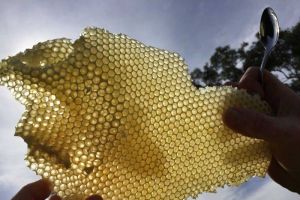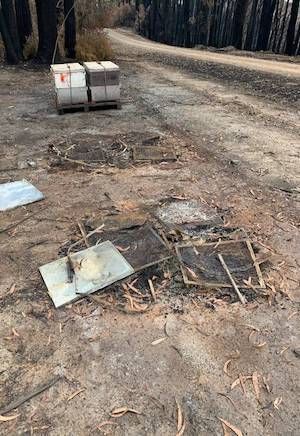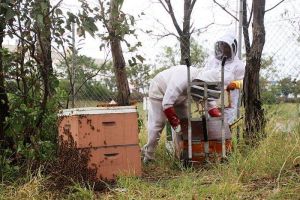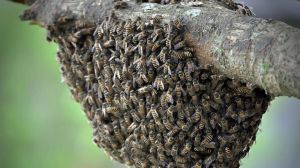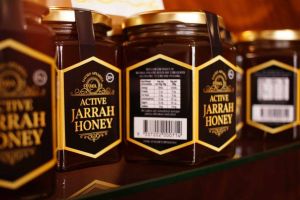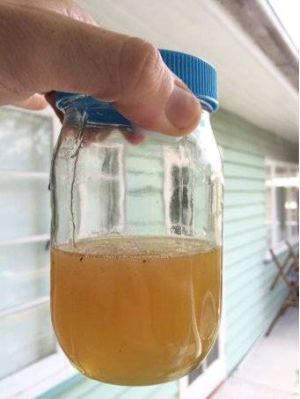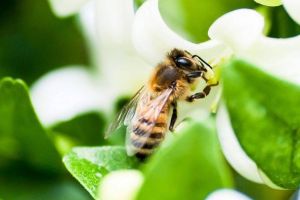Tel: 02 9731 7400 | Unit 1A, 1 Swaffham Road, Minto NSW 2566
Previous Articles
Blog Archive
The need for a backup bee has become critical, particularly in almond orchards. Almonds are California’s second-largest crop, injecting an estimated $21 billion annually into the state’s economy. In 2016 California’s almond growers needed nearly 1.9 million honeybee colonies—almost three-quarters of all the commercial colonies in the country—to pollinate their 940,000 acres.
ALMOST 100 bees express-posted to Townsville died after Australia Post failed to follow directions for carrying and delivering agricultural items during this week’s heatwave.
Stationed near the major ports of Australia's coastal cities are a group of closely monitored beehives designed to detect the varroa mite parasite that has the potential to decimate bee populations.
Surrounded by thousands of new cars, a coal loading plant, numerous shipping berths and smoke stacks in Port Kembla is a calm area of green space with one of Australia's most important hives
How many different sorts of bees can you name? Most people trail off at about two—honeybees and bumble bees—though there are nearly 20,000 different species across the world. Just a tiny fraction of them, however, can cope with urban living, even in city gardens that are bursting with bloom. If it’s not the flowers that are holding back urban bee communities, why do so many of them flourish in the countryside and other natural areas?
A leading expert told the world’s biggest science conference the technology is now here to programme bee-sized drones to pollinate crops
A council responsible for poisoning thousands of bees in Sydney’s east is facing backlash from the community, furious at its heavy-handed approach
RESEARCH involving the use of bee venom to treat breast cancer has landed a Willetton 23-year-old in the running for the WA Young Achiever Awards. Ciara Duffy is among four nominees for the awards living within the City of Canning. She is starting her third year of a PhD, supported by the Cancer Council WA, looking at the effects of honeybee venom as a potential treatment for aggressive breast cancer cells.
Western Australia is experiencing a new gold rush, but it has nothing to do with precious metals. It's liquid gold — honey sourced from the state's unique jarrah and other forests, rich in antimicrobial and other health giving properties.
Indigenous Australians have been harvesting food from the bush for thousands of years, and sugarbag honey from native Australian bees is a popular form of bush tucker.
Next time you are spreading honey on your crumpet have a think about how that sweet stuff, and its yellow and black creators, are affected by the environment around you.

